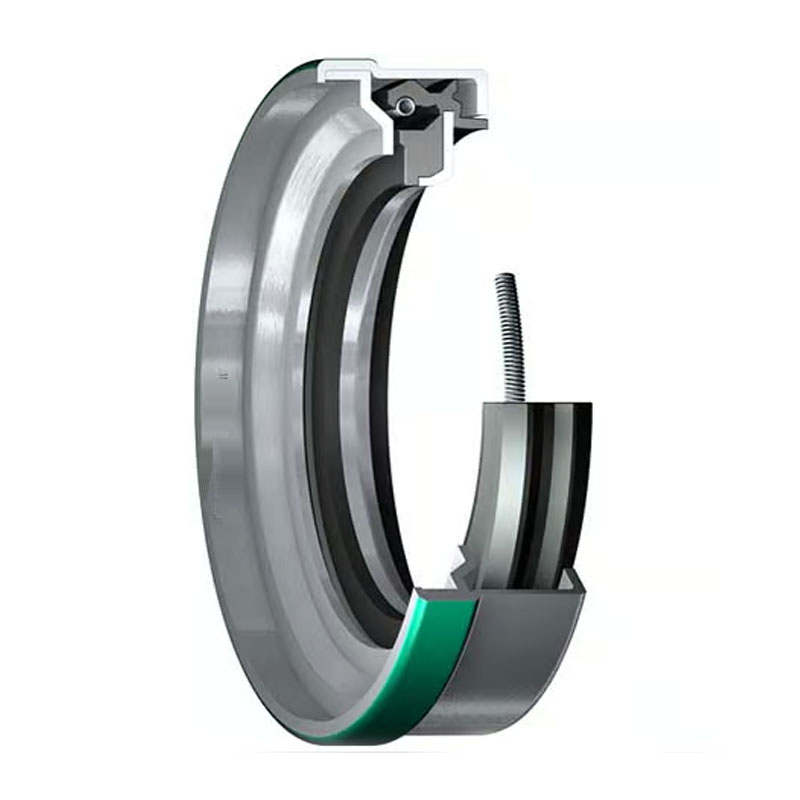manual transmission output shaft seal


4. Installing the New Seal Gently position the new output shaft seal into place. Using a seal driver, tap the new seal evenly to ensure it's securely fitted. Make sure it's flush with the housing to prevent any potential leaks. 5. Reassemble Once the new seal is in place, reattach the drive shaft to the transmission. Ensure all bolts are tightly fastened. Reconnect the battery and test drive your vehicle to ensure smooth operation. While many might opt to handle this replacement themselves, seeking professional assistance guarantees precision and expertise. Qualified mechanics are equipped with the skills and tools necessary to replace the seal efficiently, offering peace of mind and safeguarding against potential errors. Additionally, professional shops often provide warranties for their work, adding an extra layer of assurance. The importance of using quality parts cannot be overstated. Investing in a high-grade manual transmission output shaft seal reduces the likelihood of premature failures and ensures better performance. Always confirm the seal's compatibility with your vehicle's make and model before purchasing. Brands with proven track records, backed by positive testimonials, are always a preferred choice. Routine maintenance is key to the longevity of a manual transmission vehicle. Regularly check for leaks, strange noises, and ensure the transmission fluid is at optimal levels. Incorporating these checks into your vehicle's maintenance schedule can prevent minor issues from escalating into major problems. In summary, the manual transmission output shaft seal plays an indispensable role in your vehicle's overall health. Addressing issues promptly, opting for quality parts, and performing or seeking professional maintenance can ensure that your manual transmission operates smoothly for years to come. Balancing the joys of driving a manual transmission vehicle with proper care and maintenance ensures a sustainable and fulfilling driving experience.
-
The Ultimate Guide to Car Repair Kits: Tools and Essentials Every Driver Should Own
News Aug.01,2025
-
The Complete Guide to Oil Pan Gaskets: Sealing Engine Leaks the Right Way
News Aug.01,2025
-
Preventing Oil Leaks: A Complete Guide to Oil Pan Gaskets and Drain Seals
News Aug.01,2025
-
Everything You Need to Know About Oil Pan Gaskets and Drain Plug Seals
News Aug.01,2025
-
Essential for Car Owners: How to Use a Car Repair Kit to Deal with Minor Breakdown
News Aug.01,2025
-
Comprehensive Guide to Engine Oil Sump Gaskets and Related Seals
News Aug.01,2025
-
The Ultimate Guide to Boat Propeller Bearings and Trailer Wheel Bearings
News Jul.31,2025
Products categories














